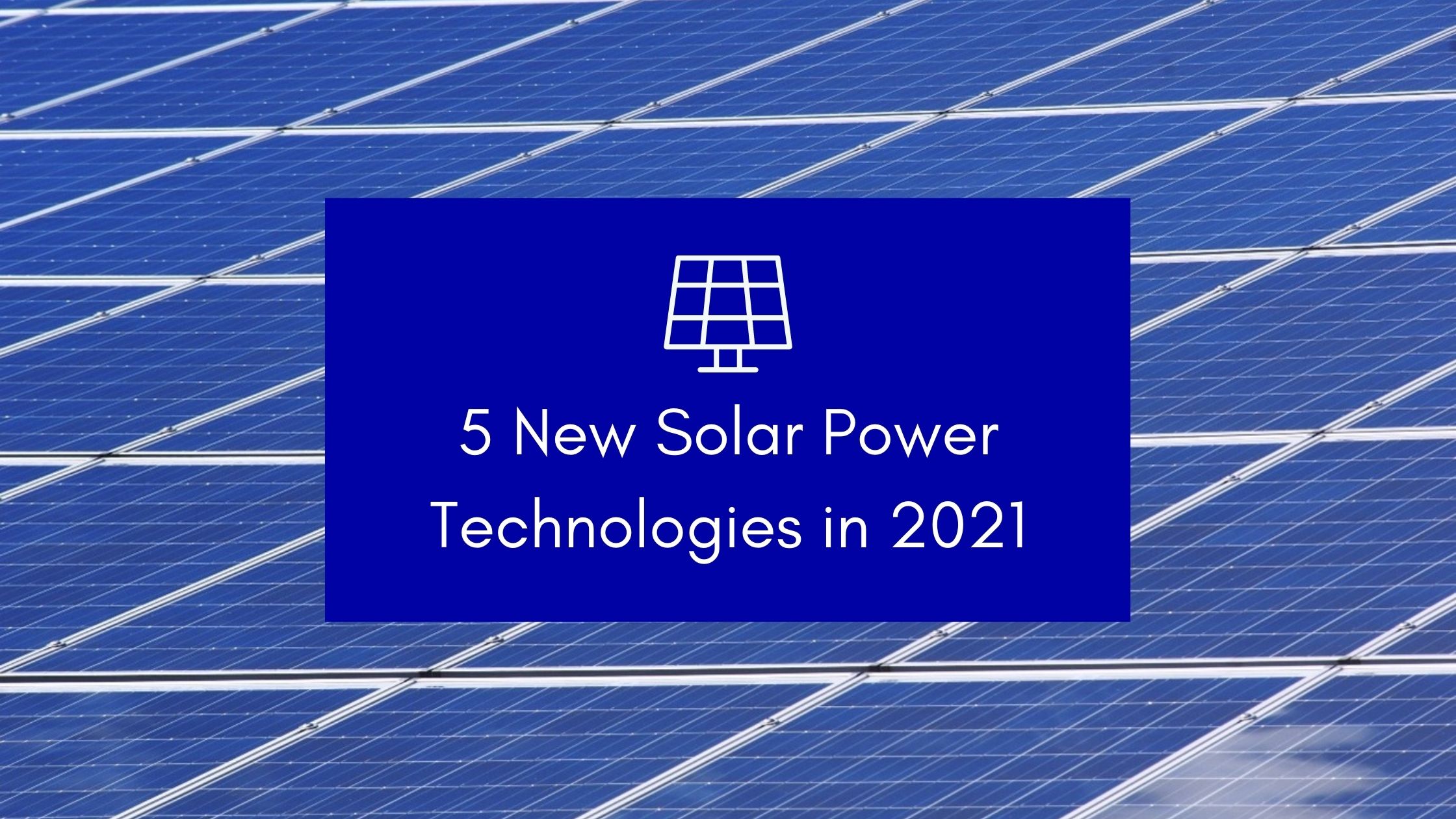


In the last forty years, there has been a dynamic increase in the use of solar energy in the United States. As recently as 2018, an additional 10.6 GW of solar power was harnessed, bringing the country's total use up to 64.2 GW. Yet this apparently successful addition still only contributes 1.6% of the total electricity used across the States. However, with many new solar power technologies on the horizon, the increase could soon be much greater.
Many buildings have surfaces that could easily contribute to solar energy without detracting from their image. The aesthetic appeal of Building Integrated Photovoltaics (BIPV) could dramatically increase the use of solar energy. Customized panels are already being fitted into architectural features such as canopies and terraces. However, the most versatile product is PV glass.
It is manufactured from transparent photovoltaic cells. The PV glass is toughened and lets daylight enter a building while producing energy unseen. It is a feature that can easily be installed when refurbishing a commercial space. Imaginatively incorporating solar power into architecture has many advantages. There is an unlimited source of energy, decreased maintenance costs, improved sound insulation, and thermal optimization. It's a great step towards a zero-carbon footprint.
Lakes and reservoirs have some of the largest available surface areas that have the potential to produce solar energy. A major advantage is that floating PV solar panels produce massive amounts of energy without taking up valuable land or real estate. The first commercial use of floating solar panels was in Japan in 2007. PV solar panels generally use an air-cooling system to prevent them from overheating. But in the floating version, water was found to increase electricity production by 10%.
This was due to the cooling effect of the water beneath the panels. The cost of maintaining the panels of a floating system is less expensive. This is because the water helps the panels remain dirt-free. In addition, water management of the lake or reservoir inadvertently becomes more cost-effective. The shade cast by the panels helps to significantly reduce excessive algae forming. The expanse of the floating solar panels drastically reduces the evaporation of the water.
Research has shown that solar cells are more effective if they are in layers of up to four. It allows them to harness up to 46% of the sun's energy instead of the 18% of standard panels. However, this type of panel is proving to be too inconvenient and expensive for commercial use. The solution could be provided by the latest innovation in solar technology. Solar fabric is incredibly thin and lightweight compared to a standard photovoltaic panel.
But most importantly, solar fabric is flexible. It can easily be used on domed or circular structures. Other uses include awnings over doorways, tents, and window shades. Its lack of weight makes it ideal for covering large expanses. At present, the efficiency of solar fabric to capture the sun's energy is approximately 13%. However, solar fabric has been proven to be more effective in low light levels.
Solar-powered LED lighting is transforming streets and pathways in the US. LED solar lighting has the benefit of working off-grid. The savings in expenditure over a lifespan of at least twenty-five years are considerable. There are further savings to be made during the installation of off-grid lighting. There is no need to use traditional trench and cable installations that are always expensive. The latest technology in LED solar-powered lighting has improved battery function and electronics.
Backup systems keep lighting functional for several days. Efficiency is greatly improved through controllable electronics. Lighting can be customized to suit any location or local weather patterns. One of the main advantages of LED solar lighting is public safety. It can be used in areas that would usually be inaccessible or difficult to adapt with conventional lighting. Battery-powered LED solar lighting is sustainable and ecological.
There are approximately 3,000 miles of noise barriers lining American highways. Their function is to reduce noise pollution by diverting sound waves back to where they came from. Noise barriers also contribute to the reduction of air pollution by restricting the spread of harmful fumes. But while these barriers protect neighborhoods from excessive noise, they also provide useful space for solar energy production. It is estimated the barriers could produce around 400 GW of power every year.
Innovative development is to use double-sided solar cells that increase the chances of performing well in any position. To make noise barriers suitable for solar power, they need to be correctly aligned to make efficient use of the sun. The tilt and orientation of the panels are less of an issue when used with double-sided solar cells. And with an east-west alignment, they have the best solar energy potential in their multi-function role.
Solar energy can easily provide substantial amounts of inexpensive, green electricity. Through new technology and continual improvement, solar photovoltaic cells are becoming even more versatile. New solar power technologies are demonstrating the versatility of this powerful energy source. Practical applications from architecture to street lighting are helping save energy and costs. They are also clear indications that the future is solar-powered.
Author Bio: John Keohane is the owner of JK Services, an electrical contractor who specializes in Solar Panels and EV Chargers.
